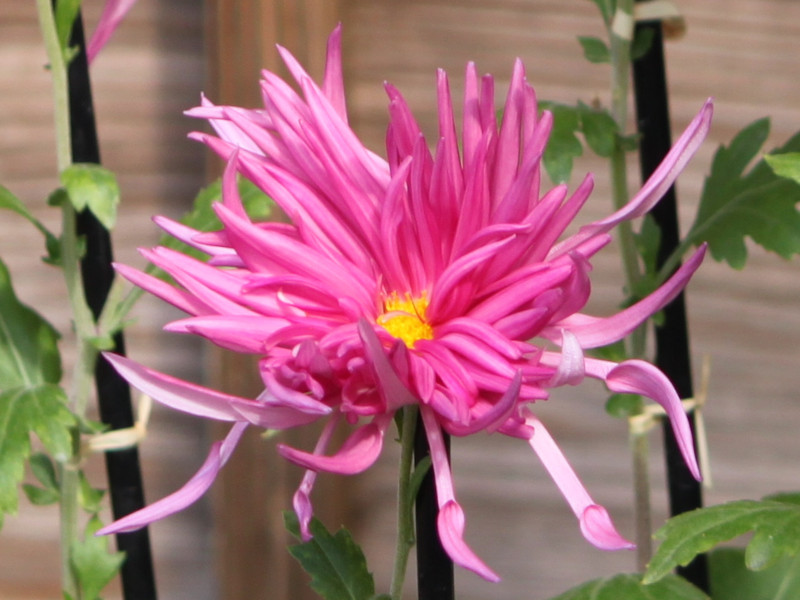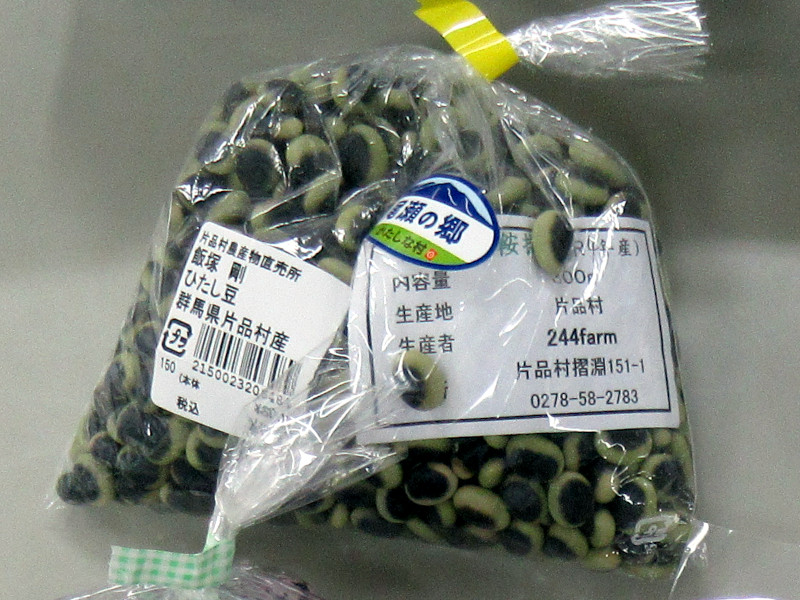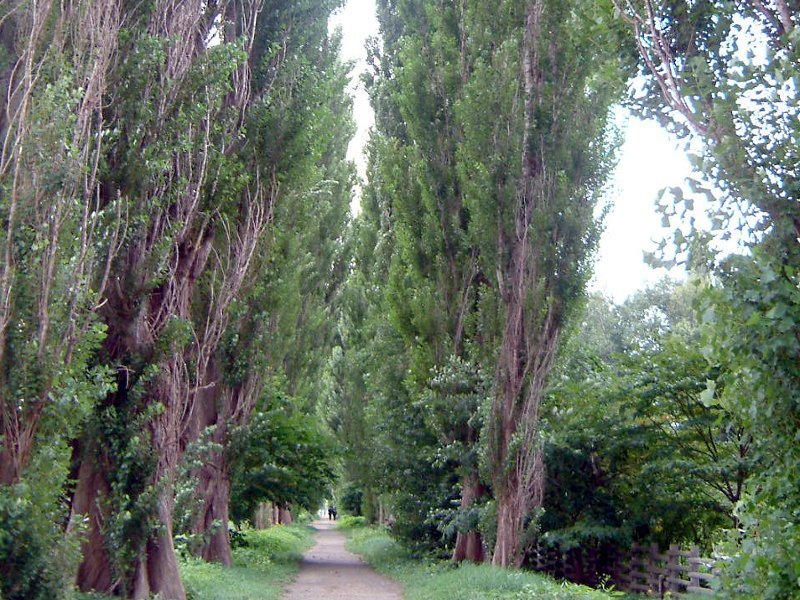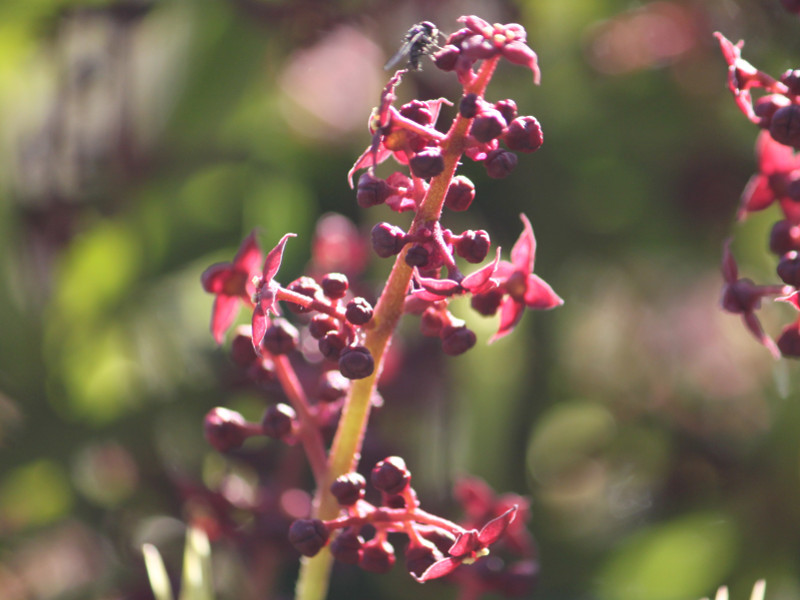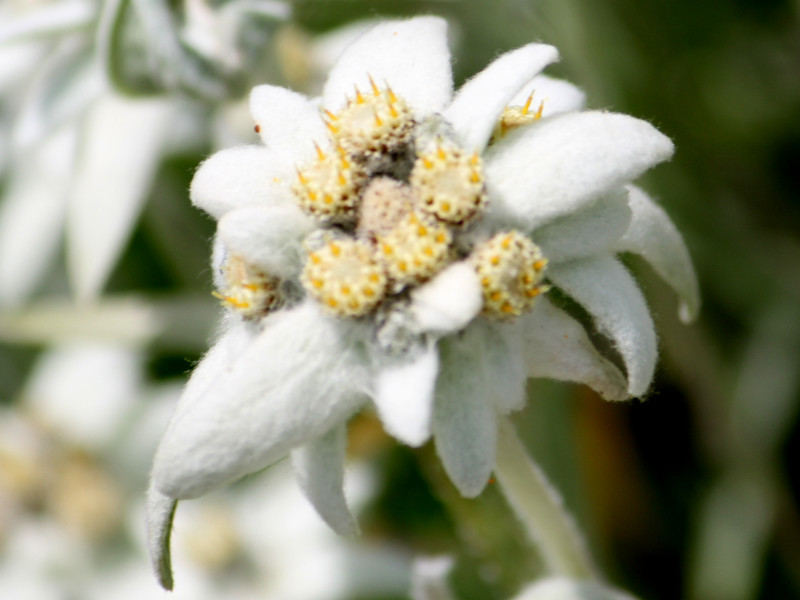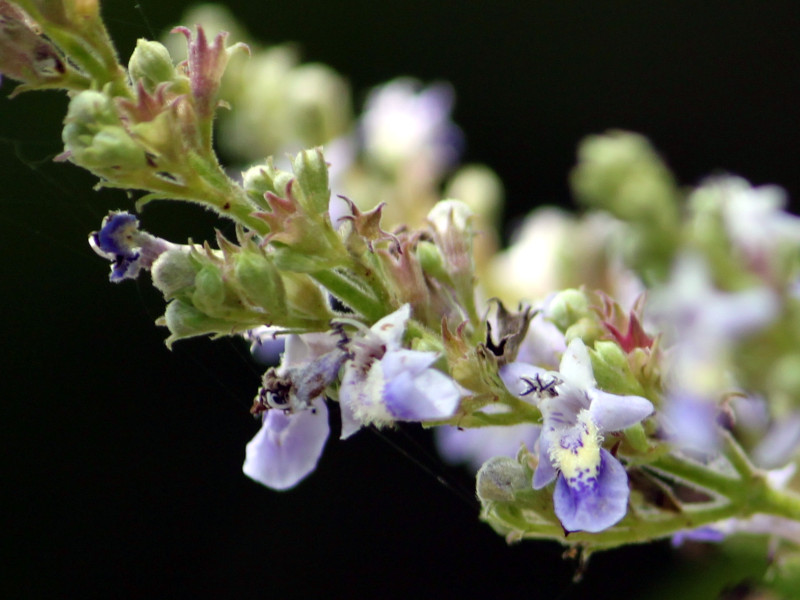Edogiku Shinsyu no Kurenai"
- Flower nameEdogiku Shinsyu no Kurenai"
- Scientific nameC. m. "Edogiku Shinsyu no Kurenai"
- Alias菊, キク, 江戸菊, 古典菊, 新秋の紅
- Place of originHorticultural variety
- Place of floweringPotted flower
- Flowering seasonOctober, November
What is Edogiku Shinsyu no Kurenai"
Edo chrysanthemum (Edogiku "Shinsyu no Kurenai" , "New Autumn Crimson", Scientific Name: C. m. "Edogiku Shinsyu no Kurenai") is a classic variety of Edo chrysanthemum(C. m. "Edogiku") cultivated in the Edo period. This variety is characterized by its red-purple flowers.
Characteristics of Edo Chrysanthemum
The ray florets of E do chrysanthemum change in shape as they bloom, providing a month-long transformation that can be enjoyed. The blooming process begins with the outermost ray florets gradually opening inward to reveal the central yellow disc florets, taking around 10 days. Then, the ray florets around the disc florets stand up, progressively moving toward the edge of the bloom over another 10 days. Afterward, the ray florets bend and twist, eventually covering the disc florets completely, completing their transformation in around 10 days.
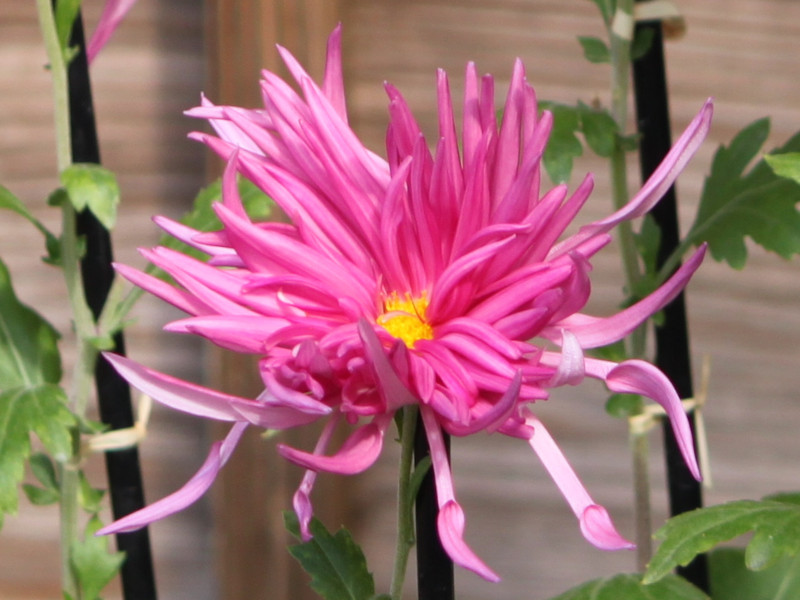

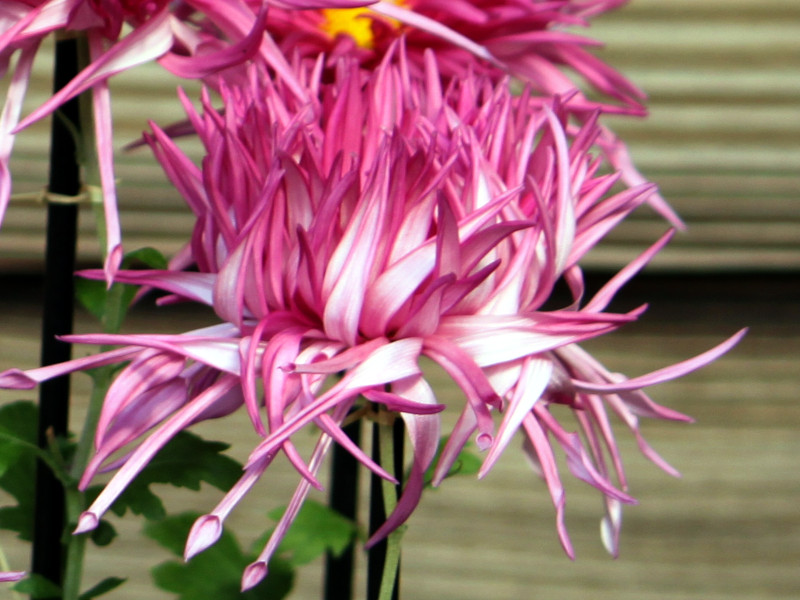
(Left)The red petals open flat, revealing the central yellow tubular flowers → (Center) As it continues to bloom, the petals start to "rise" from the inside → (Right) Blooming further, the petals "bend and wrap around" the flower, showing their undersides → (Imagination) ... → Eventually, the petals are expected to wrap around the entire flower, resembling a furoshiki cloth.
Note: C. m. is an abbreviation of Chrysanthemum morifolium.
Common Name: Edo Chrysanthemum "New Autumn Crimson"
Scientific Name: C. m. "Edogiku Shinsyu no Kurenai"
Also Known As: Ie-giku (Japanese Domestic Chrysanthemum), florist's daisy, Chrysanthemum morifolium
Classification: Kingdom: Plantae, Angiosperms, Eudicots, Order: Asterales, Family: Asteraceae, Genus: Chrysanthemum, Species: C. morifolium
Origin: Cultivated Variety
Height: 30-100 cm
Leaf Color: Green, Leaf Length: 3-5 cm, Leaf Width: 2.5-4 cm
Leaf Shape: Broadly ovate with 3-5 lobes, Leaf Margin: Serrated
Flower Structure: Actinomorphic, Head Inflorescence, Flower Diameter: Less than 9 cm (small chrysanthemum),
9-18 cm (medium chrysanthemum), more than 18 cm (large chrysanthemum), Blooming Period: Year-round,
especially September to December, Flower Color: Red-purple, pink
Related Pages
Edo Chrysanthemum "New Autumn Crimson" (C. m. "Edogiku Shinsyu no Kurenai")
Edo Chrysanthemum (C. m. "Edogiku")
